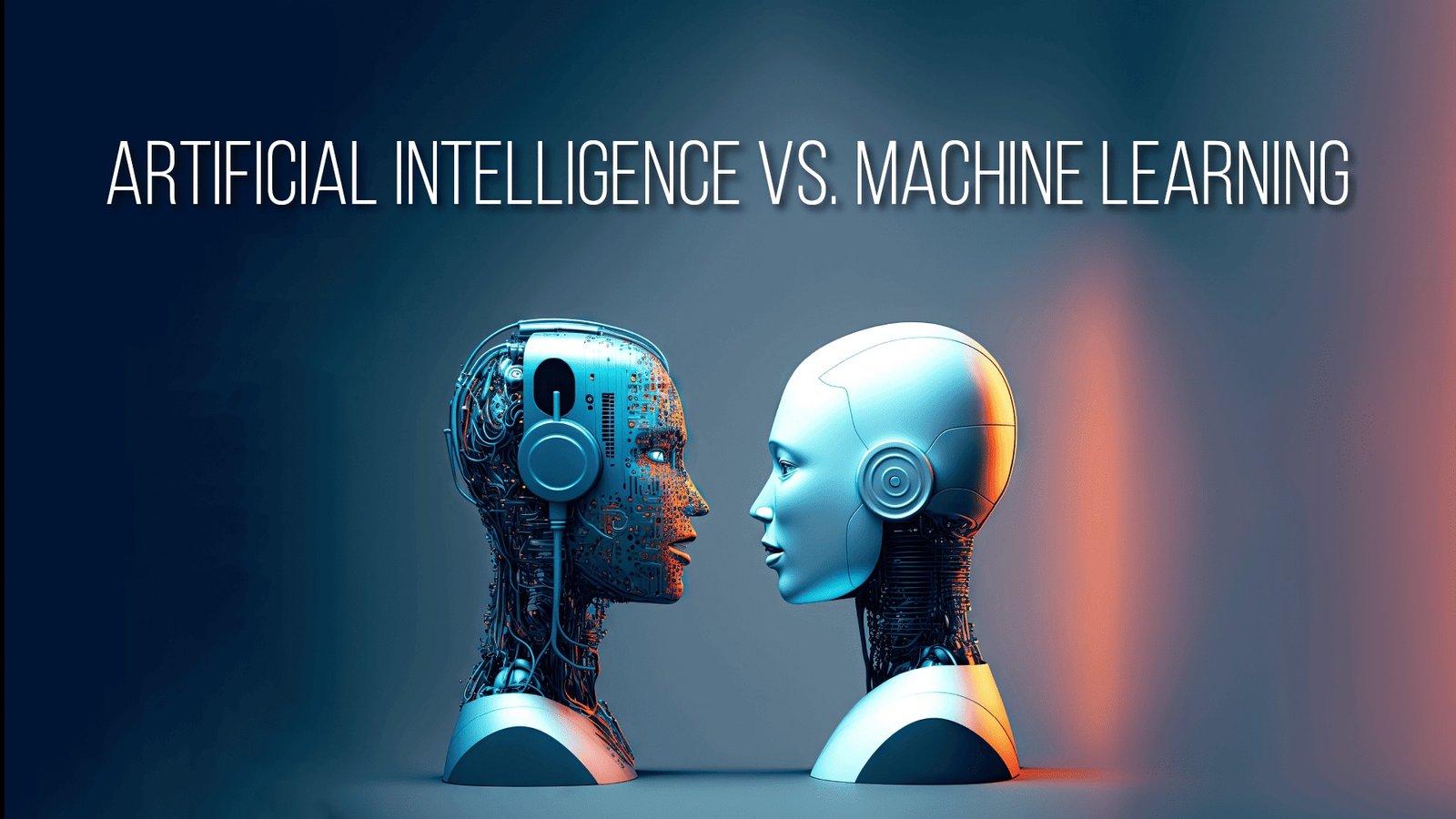The Definitive Guide to a Cascading Revolution: AI, Machine Learning, and Deep Learning
In the modern lexicon of technology and business, the terms Artificial Intelligence (AI), Machine Learning (ML), and Deep Learning (DL) are often used interchangeably, creating a fog of ambiguity around a technological revolution that is actively reshaping our world. This is not merely a semantic issue; a precise understanding of these distinct yet interconnected fields is crucial for strategic planning, investment, and innovation. They represent a clear hierarchy of concepts, where AI is the foundational ambition, ML is the primary method for achieving it, and DL is the most advanced and powerful technique within ML. [1][2] Disentangling these terms reveals a story of cascading innovation, moving from a broad, century-old dream to the highly specialized algorithms that power our daily lives.
Artificial Intelligence: The Overarching Ambition of Simulated Intellect
Artificial Intelligence, in its broadest sense, is the multi-disciplinary effort to create machines or systems capable of performing tasks that typically require human intelligence. [2][3] Its intellectual roots trace back to antiquity, but its formal journey began in the mid-20th century with pioneers like Alan Turing, who proposed the “Imitation Game” to test a machine’s ability to exhibit intelligent behavior indistinguishable from that of a human. [4][5] The term “artificial intelligence” itself was coined at a Dartmouth College workshop in 1956, which established the field’s mission and brought together its founding researchers. [6][7] Historically, AI has been pursued via two fundamentally different philosophies. The first is Symbolic AI, or “Good Old-Fashioned AI” (GOFAI), which posits that intelligence can be achieved by manipulating symbols according to explicit, human-programmed rules and logical statements. [8][9] This approach dominated early AI, powering expert systems in the 1980s that, for example, could diagnose medical conditions by following a complex decision tree of rules provided by human doctors. [4][8] The second, and now dominant, philosophy is Connectionist AI, which is inspired by the neural structure of the human brain and suggests that intelligence emerges from the interconnected processing of information, learned from data rather than hard-coded. [8][10] This connectionist approach is the direct intellectual ancestor of machine learning and deep learning. [9][11]
Machine Learning: The Engine of Modern, Data-Driven AI
Machine Learning is a definitive subset of AI that realizes the connectionist vision. [12] The paradigm shift introduced by ML is its departure from explicit programming. Instead of a developer writing precise, step-by-step instructions for every contingency, an ML algorithm is “trained” on data, allowing it to learn patterns and make predictions or decisions on its own. [13] This learning process is statistical at its core, enabling systems to improve their performance on a task with experience. [12] The applications of ML are pervasive and can be broadly categorized by their learning style. Supervised learning, for example, uses labeled datasets to train models for classification or prediction tasks; this is the technology that powers spam email filters (classifying emails based on examples labeled “spam” or “not spam”) and predicts housing prices based on historical sales data. [13] Unsupervised learning, conversely, works with unlabeled data to identify hidden structures, such as segmenting customers into distinct purchasing behavior groups for targeted marketing. Reinforcement learning trains agents to make a sequence of decisions by rewarding desired behaviors and penalizing undesired ones, a technique used to teach robots complex assembly tasks or to optimize dynamic pricing strategies in e-commerce. A critical limitation of many traditional ML techniques, however, is their reliance on “feature engineering,” a labor-intensive process where human experts must manually select and transform the most relevant variables (features) from raw data to help the algorithm succeed. [14][15]
Deep Learning: The Frontier of Automated Insight and Complexity
Deep Learning is a highly specialized subfield of machine learning that overcomes the critical limitation of manual feature engineering and has been the driving force behind the most significant AI breakthroughs of the last decade. [14][16] Its defining characteristic is the use of deep artificial neural networks—architectures with many layers of interconnected nodes (“neurons”) inspired by the human brain. [2][17] The “deep” in deep learning refers to this depth of layers. This structure allows for a hierarchical learning process where the network automatically discovers and represents features at increasing levels of abstraction. [16][18] For instance, when analyzing an image, the initial layers of a deep learning network might learn to detect simple features like edges and colors. Subsequent layers combine these to recognize more complex patterns like textures and shapes, and deeper layers still can integrate those shapes to identify objects like faces or cars. [18] This capacity for automatic feature learning is what makes DL so powerful, but it comes with two significant requirements: massive amounts of training data and immense computational power, often supplied by specialized hardware like Graphics Processing Units (GPUs). [12][14] These requirements explain why the deep learning boom has occurred relatively recently, despite its theoretical foundations dating back decades. [4] Today, deep learning is the engine behind self-driving cars processing real-time sensor data, sophisticated natural language processing in virtual assistants, and the generative AI models that create startlingly original text and images. [19][20]



